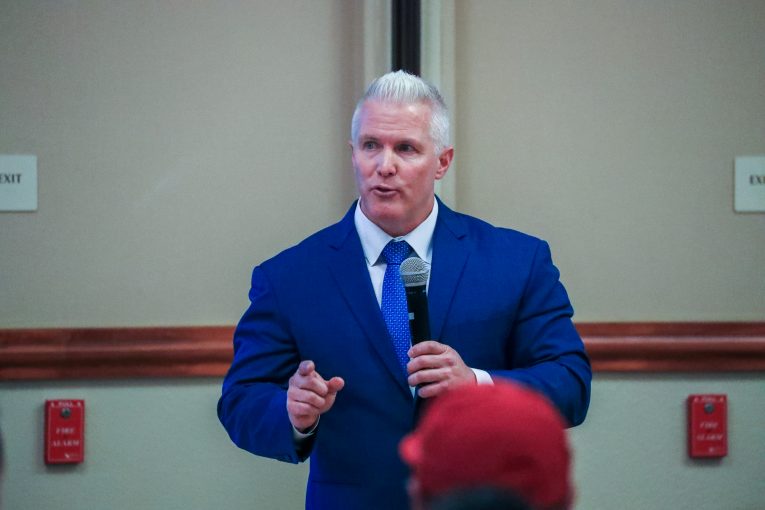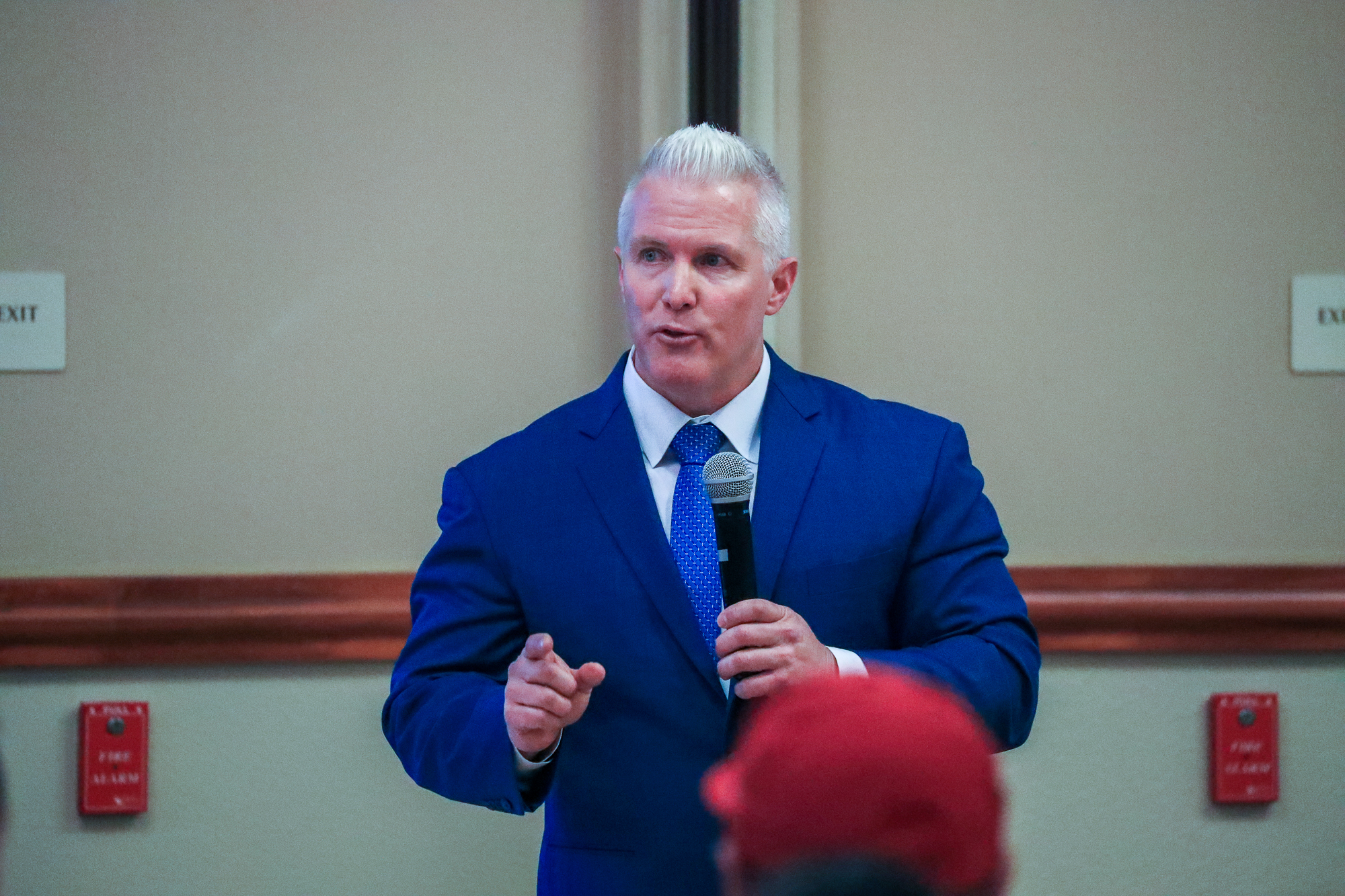

By David M. Greenwald
Executive Editor
Last week, we criticized Yolo DA Jeff Reisig’s analysis of zero bail, noting among other things that the DA’s office failed to baseline the data—which meant that any comparison of the impact of the policy could not be inferred from the presentation of data.
One of the dangers of this approach is that it fails to actually determine whether there is an impact of the policy. The DA simply states that 70 percent of offenders released under zero bail were later rearrested.
Not only does that fail to tell us how many get rearrested without zero bail, but because they present a variable timeline, it also doesn’t tell us even how many were out of custody who would not have been without zero bail.
In short, we have no idea of zero bail made things worse, as the DA at least implies, or better.
The danger of putting out data without analysis is that it can get picked up and repeated verbatim without context.
This is what happened this week when the NRA-ILA (Institute for Legislative Action) used the DA’s analysis to push forward their agenda.
The NRA cited a survey from February conducted by the National Police Association and Rasmussen that found “58% of Likely U.S. voters believe a law permitting an appointed state oversight committee with the ability to remove state attorneys from office if they won’t prosecute violent crimes would improve safety.”
They argue, “Despite this, downgraded or dropped charges and pro-criminal bail laws continue to be the cornerstones of progressive criminal justice reform.”
The NRA cited a Sac Bee story which covered the case of a 22-year-old who was “released from jail in Yolo County but failed to appear to face felony charges of possessing a loaded gun and possessing a concealed gun in connection with an April 2020 case…[and] also failed to appear in Sacramento Superior Court for two charges in an October 2020 DUI case,” before being “arrested in connection with a shooting that left two dead in Old Sacramento in July 2021.”
The NRA characterized this as a “revolving door,” noting “five people … were arrested again on the same day as release, 14 people arrested within one day, 46 people arrested within one week, [and] 104 people [were] arrested within 30 days.”
The DA’s report, the NRA argued, “emphasizes that under the $0 bail rule, there was no consideration of the individual’s potential threat to the community or the likelihood to appear in court for future proceedings” with the DA finding “individuals were released without any conditions and without any type of risk assessment conducted. Future court dates were set 16-20 weeks after the arrest further delaying any type of judicial intervention.”
But this point is misleading in at least two ways.
First of all, to be eligible for zero bail people had to be arrested on misdemeanors or low-level felonies. In other words, generally speaking they were not committing crimes that by themselves represented a grave threat to the community.
But the other point that gets lost here was pointed in out to the Vanguard in a podcast with Yolo County Public Defender Tracie Olson.
“The DAs have the ability when they see cases come through to ask for deviation for zero bail,” she pointed out. “Judges have the authority to deviate from zero bail.”
In other words, zero bail was far from automatic.
So, from her perspective, “I think it’s very simplistic to say it’s zero bail and then end of story.”
Furthermore, at least at that time, Olson told the Vanguard, “I am personally not aware of any that have had a request (to not be released on) zero bail, the request was denied, and then they went out and committed a new crime.”
The NRA notes, “While the objective of the $0 bail rule was “designed to reduce crowding in the jail system” and “was not intended to rehabilitate or deter future crime in any way,” the experience in Yolo County sheds some light on the bail reform question of whether cash bail requirements serve any useful purpose.”
Progressives claim that “[c]ash bail criminalizes poverty, fuels mass incarceration, and disproportionately affects communities of color,” and that it’s a “common misperception … that ending cash bail and reforming the pretrial system could endanger the public even more than the status quo.”
The NRA argues, “Many members of that public, however, have excellent reasons to view bail reform in the same way as gun control—as just another way the left compromises community safety and enables criminals.”
Commenting on the results, District Attorney Jeff Reisig has drawn his own conclusions. “When over 70% of the people released under mandated $0 bail policies go on to commit additional crime(s), including violent offenses such as robbery and murder, there is simply no rational public safety-related basis to continue such a practice post-pandemic, especially in light of the increasing violent crime rates across California.”
But as we pointed out, what this data actually shows is that catch and release without services and support is not the answer either.
In fact, I argued last week, that’s exactly the problem.
If you release someone who has committed a crime, give them no supervision and no services, they are likely to, once released, go back out and commit another crime. That’s just common sense. So that the fact that the recidivism rate would be 70 percent should not be all that surprising, particularly since the recidivism rate overall largely mirrors that rate.
But the data plays well for the agenda of Jeff Reisig as well as for the NRA—even if they aren’t fully scrutinizing the numbers.


Last week we criticized the DA, this week we criticized the DA, next week we criticize the DA…
Last time I ran into Reisig was at an anti gun violence rally after Uvalde.
I’m supportive of Reisig using data and having data transparency. But he can’t just do a data dump, he has to actually use have data analysts who can properly analyze the data – and he didn’t do that here. It was bad. A first year stats student could do better.
Last week? More like every week.
Reisig deserves being criticized on a daily basis.